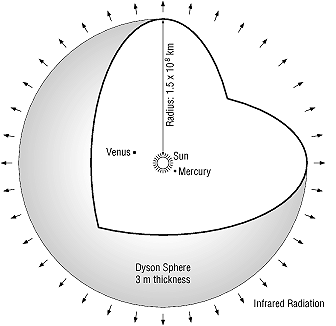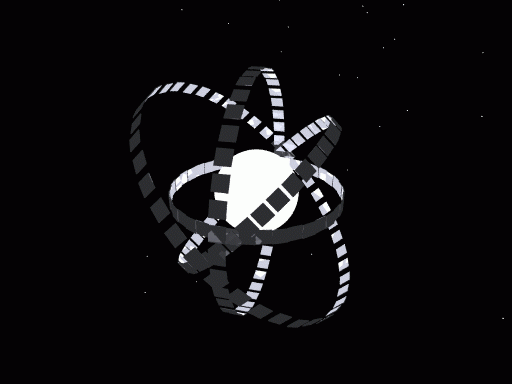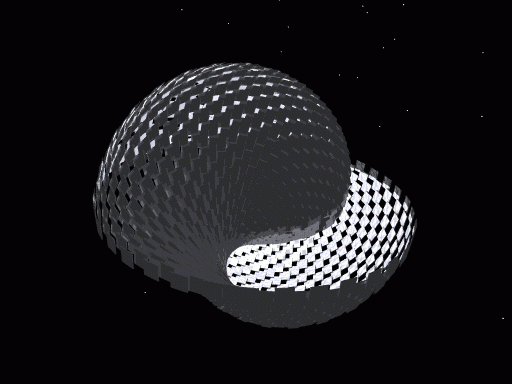The Pros and Cons of Bio-fuels
http://environment.about.com/od/fossilfuels/a/biofuels.htm
There are many eco-benefits to replacing oil with biofuels like ethanol
and biodiesel. For one, since such fuels are derived from agricultural
crops, they are inherently renewable--and our own farmers typically
produce them domestically, reducing our dependence on unstable foreign
sources of oil. Additionally, ethanol and biodiesel emit less
particulate pollution than traditional petroleum-based gasoline and
diesel fuels. They also do not contribute to global warming,
since they only emit back to the environment the carbon dioxide (CO2)
that their source plants absorbed out of the atmosphere in the first
place.
Biofuels are Easy to Use, but Not Always Easy to Find
And unlike other forms of renewable energy (like hydrogen, solar or wind),
biofuels are easy for people and businesses to transition to without
special apparatus or a change in vehicle or home heating
infrastructure—you can just fill your existing car, truck or home oil
tank with it. Those looking to replace gasoline with ethanol in their
car, however, must have a “flex-fuel” model that can run on either fuel. Otherwise, most regular diesel engines can handle biodiesel as readily as regular diesel.
Despite the upsides, however, experts point out that biofuels are far
from a cure for our addiction to petroleum. A wholesale societal shift
from gasoline to biofuels, given the number of gas-only cars already on
the road and the lack of ethanol or biodiesel pumps at existing filling stations, would take some time.
Are There Enough Farms and Crops to Support a Switch to Biofuels?
Another major hurdle for widespread adoption of biofuels is the
challenge of growing enough crops to meet demand, something skeptics say
might well require converting just about all of the world’s remaining
forests and open spaces over to agricultural land.
“Replacing only five percent of the nation’s diesel consumption with
biodiesel would require diverting approximately 60 percent of today’s
soy crops to biodiesel production,” says Matthew Brown, an energy
consultant and former energy program director at the National Conference
of State Legislatures. “That’s bad news for tofu lovers.”
Does Producing Biofuels Use More Energy than They Can Generate?
Another dark cloud looming over biofuels is whether producing them
actually requires more energy than they can generate. After factoring in
the energy needed to grow crops and then convert them into biofuels,
Cornell University researcher David Pimental concludes that the numbers
just don’t add up. His 2005 study found that producing ethanol from corn
required 29 percent more energy than the end product itself is capable
of generating. He found similarly troubling numbers in making biodiesel
from soybeans.
“There is just no energy benefit to using plant biomass for liquid fuel,” Pimentel says.
Conservation is a Key Strategy for Reducing Dependence on Fossil Fuels
There is no one quick-fix for weaning ourselves off of fossil fuels and
the future will likely see a combination of sources--from wind and ocean currents
to hydrogen, solar and, yes, some use of biofuels--powering our energy
needs. The “elephant in the living room” that is often ignored when
considering energy options, however, is the hard reality that we must
reduce our consumption, not just replace it with something else. Indeed,
conservation is probably the largest single “alternative fuel”
available to us.
GOT AN ENVIRONMENTAL QUESTION? Send it to: EarthTalk, c/o E/The Environmental Magazine, P.O. Box 5098, Westport, CT 06881; submit it at: www.emagazine.com/earthtalk/thisweek/, or e-mail: earthtalk@emagazine.com.


